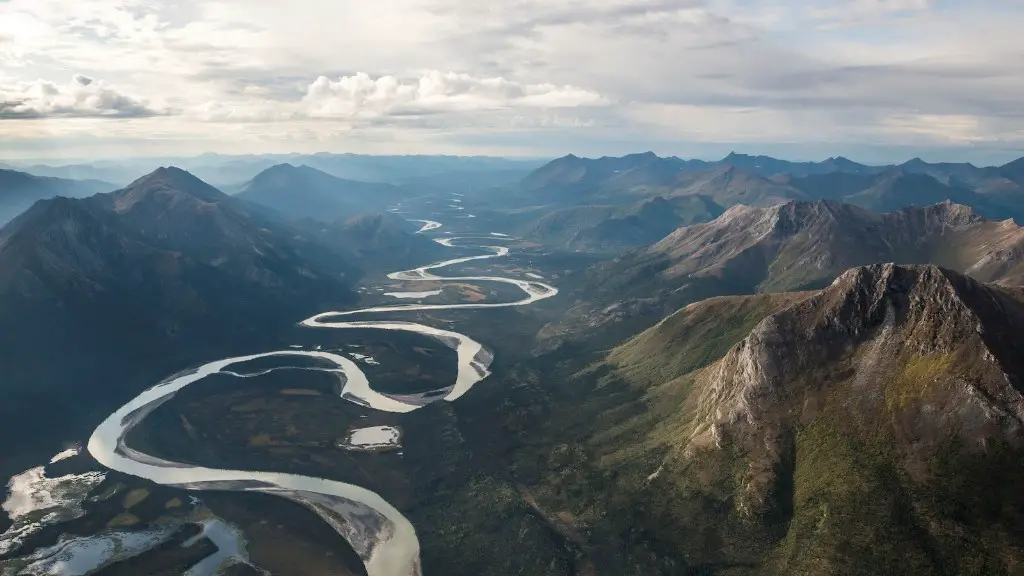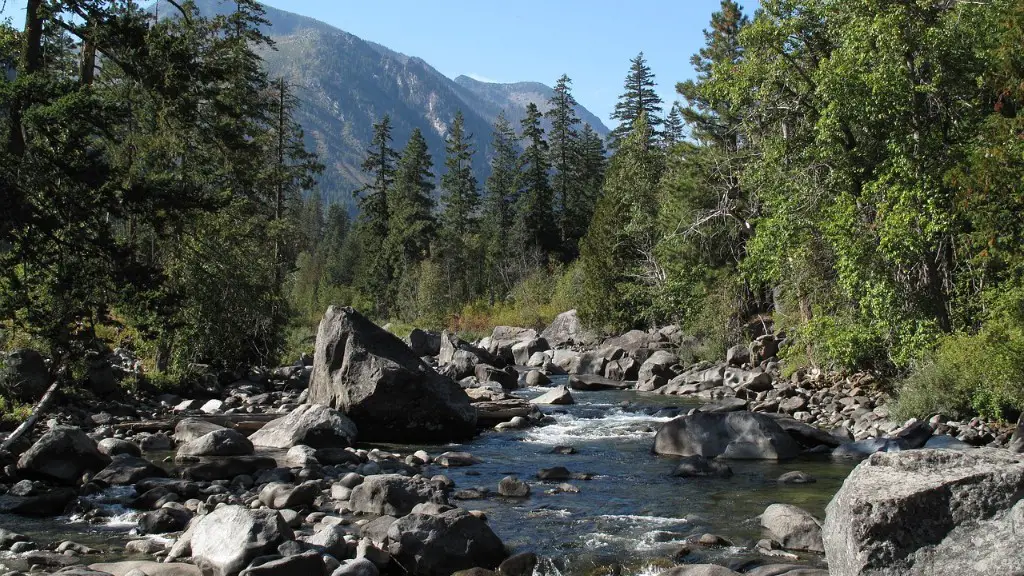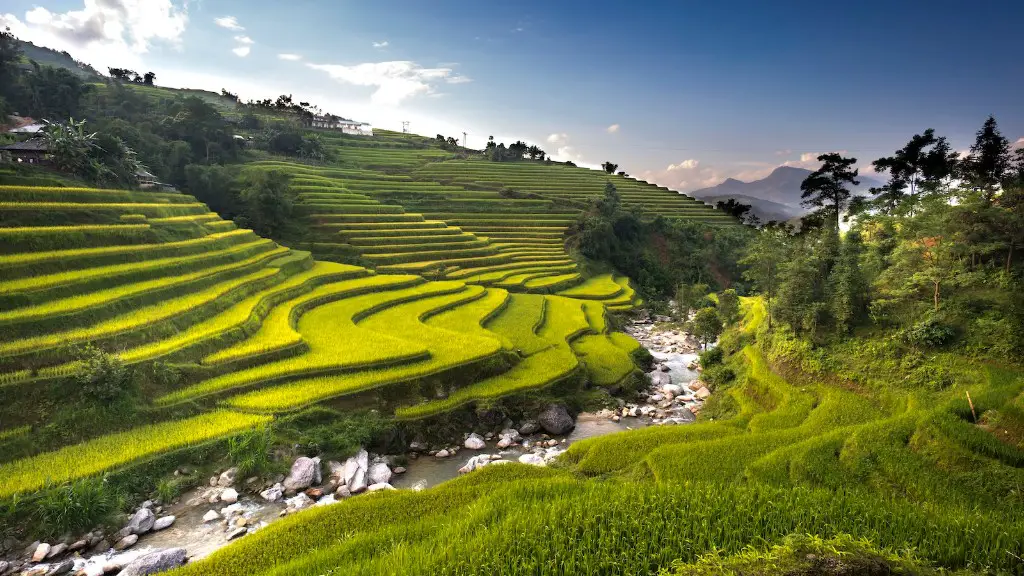Historical Perspective
The Yangtze is the third longest river in the world, coming in after the Nile and the Amazon. It is also the longest river in Asia at 6,300 kilometres in length. The river has played a significant role in Asian history and its culture for thousands of years, with various dynasties having either been founded or destroyed by its waters. The Yangtze is a waterway of many economic and cultural institutions, as well as it being a river that is symbolized by a great many Chinese legends and folktales that are still told today.
River Estuary
The Yangtze River empties into the East China Sea at Shanghai. The river’s estuary area is extremely important to East Asia’s economy and population. Along with being a major shipping port and fishing grounds, the estuary has a large industrial area and some of East Asia’s most productive agricultural areas. The estuary is also home to Shanghai, one of the world’s largest cities.
Ecological Impact
The Yangtze River’s estuary has had a great impact on the environment. The river’s sediment-laden waters can cause the river delta to expand, leading to increased flooding in coastal areas. The estuary’s nutrient-rich waters have helped fuel a large algae bloom in the area, reducing the amount of oxygen in the water and creating hypoxic zones. The estuary’s waters have also caused eutrophication of the surrounding areas, altering the region’s ecology.
Relative Sea Level Rise
The relative sea level rise in the Shanghai region is higher than the global average due to the Yangtze River’s sediments entering the estuary. The rise has caused saltwater to enter the surrounding area, resulting in a decrease in agricultural land and an increase in flooding of coastal regions and low-lying inland areas.
Extreme Weather Events
The Yangtze River estuary is one of the most vulnerable regions to extreme weather events, such as Typhoon Haiyan in 2013. Typhoons are capable of causing severe damage to coastal ecosystems, as well as to human lives and property along the estuary.
Economy and Transportation
The Yangtze River estuary is one of the most important economic and transportation hubs in East Asia. It contains Shanghai’s financial district, dozens of major ports and airports, and several of China’s most important industrial areas. It is also an important trading hub for international goods, with goods from all over the world passing through the river estuary.
Environmental Protection
In recent years, China has taken great steps to protect the environment in the Yangtze River estuary. The government has developed a comprehensive system to identify and monitor environmental risks in the area, as well as setting up a number of ecological protection zones. These areas are designed to protect the local ecosystem, protect local species and habitats, and to promote sustainable development.
Coastal Pollution
The Yangtze River estuary has long been plagued by water pollution caused by a combination of industrial, agricultural, and domestic activities. In recent years, the Chinese government has taken steps to reduce the amount of pollution entering the estuary, by increasing efforts to monitor water quality, as well as taking steps to reduce agricultural and industrial runoff.
Restoration Efforts
Restoration efforts in the Yangtze River estuary have been ongoing for many years, with the Chinese government investing heavily in projects to restore the waterway’s natural beauty, as well as to increase areas of protected habitat. The Chinese government has also taken steps to reduce the amount of sediment entering the estuary, allowing for the reduction of extreme weather events and a healthier overall ecosystem.
Research
In the last few decades, research into the Yangtze River estuary has become increasingly important. A number of research projects, from governments, universities, environmental agencies and other organizations, have been undertaken to understand more about the estuary and to investigate possible solutions to the problems facing the region.
Conclusion
The Yangtze River empties into the East China Sea at Shanghai. It is an important economic, cultural, and ecological resource in East Asia, with a long history of playing a major role in the region. Despite its economic and cultural importance, the Yangtze estuary still faces a number of environmental challenges, from water pollution to extreme weather events. In recent years, the Chinese government has taken steps to address these issues, investing heavily in restoration projects and research into the region. With such efforts, the Yangtze River estuary has a promising future ahead.


